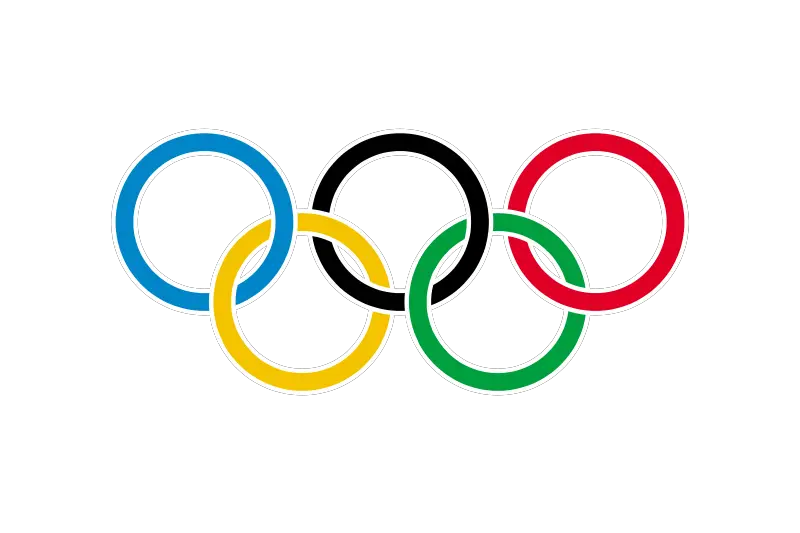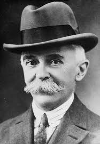|
Why Are the Olympic Rings the Way They Are?
The Olympic rings were unveiled in 1913, a year after the Summer Olympics in Stockholm. As with many other things, the rings were the brainchild of Pierre de Coubertin, the founder of the modern Olympic movement. The 1916 Summer Games were scheduled to take place in Berlin but were canceled after the start The five rings, as Coubertin envisioned them, symbolize Earth's five continents: Africa, the Americas, Asia, Europe, and Oceania. The rings are shown intertwined are a symbol of peace, dating to the Olympic Truce from the time of the Ancient Greek Olympics, for which wars were halted and athletes guaranteed safe passage to and from the Games. As for the colors (one for each ring and white for the background), they were chosen because at least one of each could be found on the flag of every country in the world at the time. Rule 8 of the Olympic Charter states this: Rule 8 also states this: Have a suggestion for this feature? Email Dave. |
Social Studies for Kids |





 of
of 
